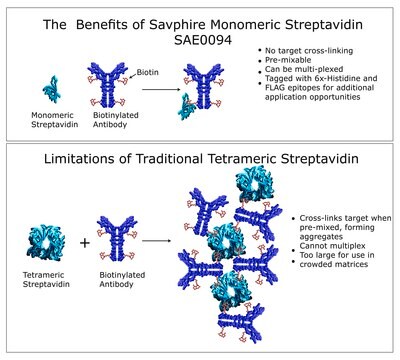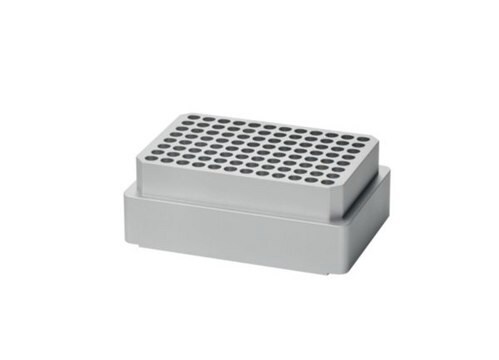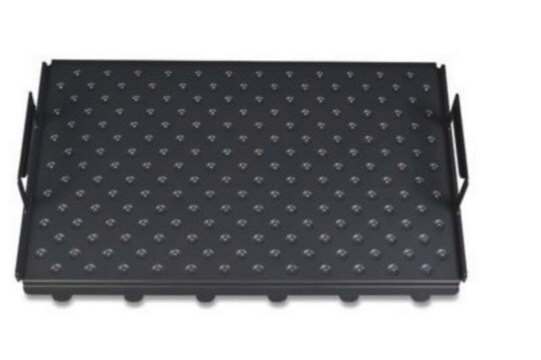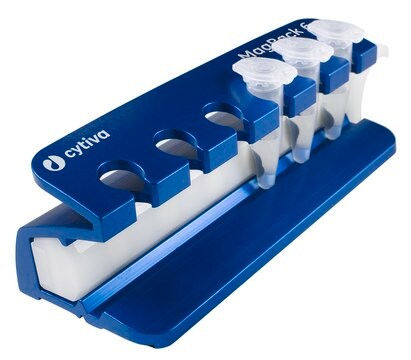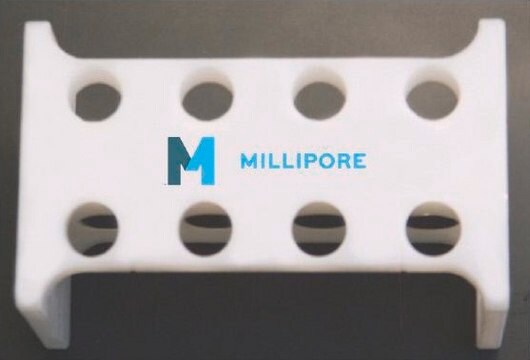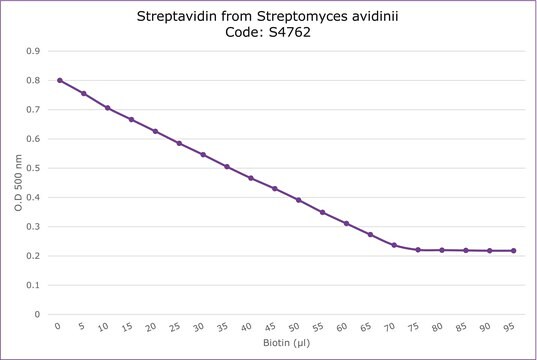SAE177-100UG
SAvPhire Monomeric Streptavidin iFluor 555
About This Item
Recommended Products
conjugate
horse radish peroxidase (HRP)
Quality Level
clone
monoclonal
species reactivity
all
concentration
(Upon reconstitution in 100 mL of distilled water the concentration will be 1.0 mg/mL. Please refer to guidance on suggested starting dilutions and/or titers per application and sample type.)
technique(s)
immunocytochemistry: suitable
western blot: suitable
General description
Specificity
Application
Quality
Immunofluorescent analysis of A431 cells performed using a 1:1 mixture of biotinylated Anti-EGFR (1:1,000 dilution) and SAvPhire Monomeric Streptavidin iFluor 555 detected EGFR.
Physical properties
Physical form
Storage and Stability
Other Notes
Disclaimer
Storage Class Code
11 - Combustible Solids
WGK
WGK 3
Flash Point(F)
Not applicable
Flash Point(C)
Not applicable
Certificates of Analysis (COA)
Search for Certificates of Analysis (COA) by entering the products Lot/Batch Number. Lot and Batch Numbers can be found on a product’s label following the words ‘Lot’ or ‘Batch’.
Already Own This Product?
Find documentation for the products that you have recently purchased in the Document Library.
Our team of scientists has experience in all areas of research including Life Science, Material Science, Chemical Synthesis, Chromatography, Analytical and many others.
Contact Technical Service